2017 Chevrolet Bolt EV Review: First Drive

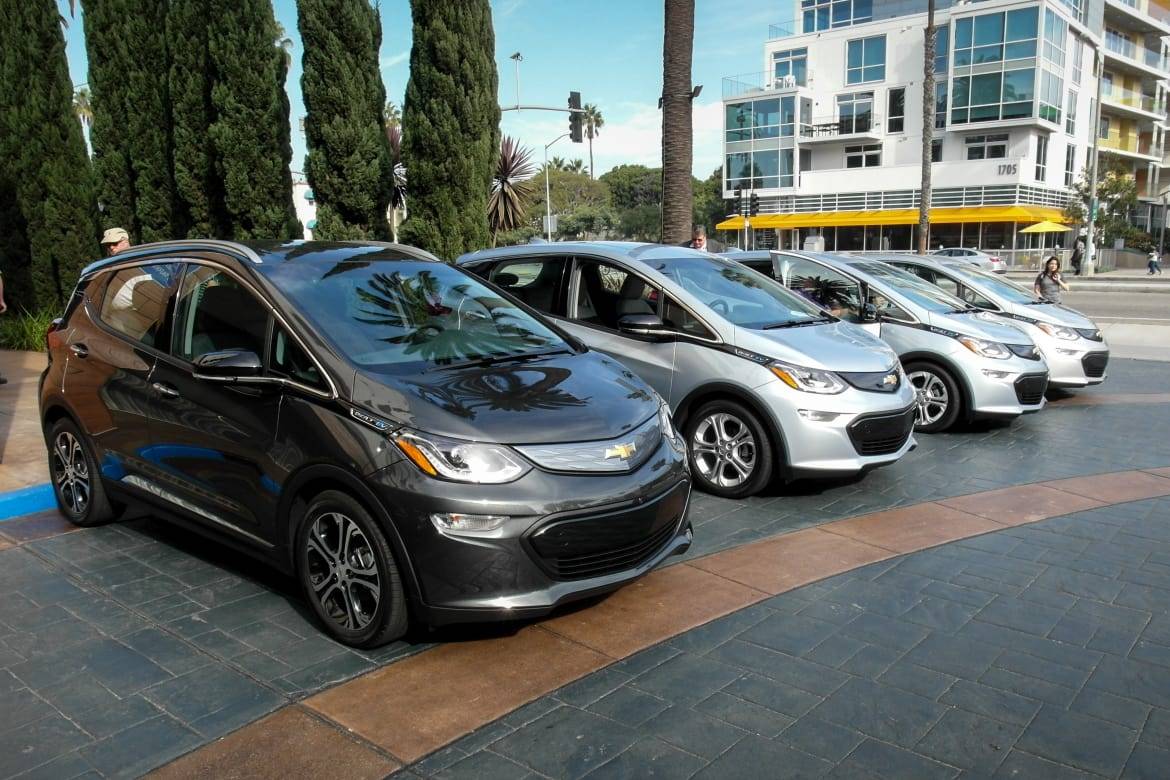
CARS.COM — Our previous experience with the 2017 Chevrolet Bolt EV measured in minutes rather than hours, so I spent a few hours and nearly 100 miles as a driver and passenger testing the Bolt EV in and around Los Angeles. The most important parts of the Bolt story are as simple as these numbers: 238 miles of EPA-estimated range, 9.5 hours to charge fully at 240 volts, $37,495 before tax credits (including destination). Honestly, all the Bolt has to do beyond that is not suck.
The Bolt EV decidedly doesn’t suck. My longer drive reinforced the impressions I formed when I accompanied Kelsey Mays, author of the above-linked Quick Drive, in Chicago. The Bolt is very quick off the line and has decent passing power at highway speeds as well. The Bolt scaled the Malibu hills as effortlessly as any diesel-powered car — maybe more effortlessly, or at least it seems that way, because there’s practically no sound, much less the clatter of a diesel.
Braking You Can Live With
Like all hybrids and battery-electrics, the Bolt employs regenerative braking, through which the drive motor serves as a generator, using the car’s momentum and rotating drive wheels to recharge the battery. I’m pleased to report that the braking and pedal feel are pretty good. For a hybrid or EV, “pretty good” seems to be the most you can ask for. The other end of the spectrum is “terrible,” as represented by the Chevrolet Volt.
Blending regeneration with conventional hydraulic brakes — which all of these cars do — can lead to inconsistency, numbness and erratic response depending on how far or quickly you press the brake pedal. Perhaps the reason the Bolt EV’s brakes feel more natural is that the pedal doesn’t seem to trigger very robust regeneration, though it certainly stops the car. Like the current Volt, the Bolt EV has a paddle behind the left-hand steering-wheel spoke that increases the regenerative braking effect — braking by hand, as if you’re on a bicycle. It seems gimmicky, but perhaps it’s one way to work around the pedal-feel challenge. Another option is to toggle the “gear” selector downward to select the L mode, which makes the car slow rapidly when you lift off the accelerator. It will even bring the car to a complete stop if you let it. This mode doesn’t disable the regen paddle, which activates even stronger braking. The L setting is good for so-called one-pedal driving, or one-pedal/one hand, if you like.
Innovation With a Hint of Frugality
The Bolt EV also has Hilltop Reserve, which is not an artisanal wine. It’s an innovation intended for people who charge their Bolt with the expectation of sustained downhill driving afterward. It charges the battery pack to 90 rather than 100 percent capacity. The reason is that a full battery can’t capture any additional regeneration. By leaving that 10 percent open, you work toward filling it for free by driving downhill where you otherwise would have paid to charge it via cord. Owners can program the car to activate this feature once or automatically only in a particular location, such as at home, work or both.
Getting a Grip
My drive included a stretch through canyon roads, where the Bolt’s handling proved to be even better than it seemed back home. Typical of EVs, its heaviest elements — such as the battery pack — sit relatively low compared with a gas-powered car, which gives it a low center of gravity. You sense it in the Bolt’s resistance to body roll and its grounded feeling. Road-holding is pretty good, too. Though its tires are similar to those on the Volt, Chevy modified the rubber compound a bit to improve grip. Perhaps most important, the tires squeal as they begin to lose traction — in a minimally obnoxious way — so you know to back off.
Less Is Less
Unfortunately, one of our negative impressions was also reinforced after more time behind the wheel: The seats aren’t very comfortable. Chevy made them exceptionally thin to maximize interior space, a step Mazda recently took for the MX-5 Miata redesign, by minimizing the cushioning and springs and supplementing with a tensioned mesh. Who knows what the construction has to do with it; all I can tell you is that the backrest and bottom cushion are firm, and the bolsters flanking these cushions are borderline hard. I felt like the seat was crowding my butt, and my butt isn’t all that large (I swear). As Chrysler minivans have taught us for years with their space-saving Stow ‘n Go seats, smaller isn’t always better.
All steps taken result in an exceptionally roomy cabin for a car of the Bolt’s size. People well over 6 feet tall had enough headroom and reasonable legroom even in the backseat.
Full-Time Rearview Camera
I was tempted to push the driver’s seatback farther than I wanted to, for one reason: The Bolt offers an optional rearview camera that provides a full-time rear view even when driving forward. Previously seen in two Cadillacs, the display is a conventional center rearview mirror that you can switch back and forth from display to mirror by flipping the familiar lever underneath it. The display provides a wider view than the mirror, unobscured by the car’s rear pillars, backseat passengers or cargo. It has a focal length that matches the side mirrors, meaning the cars behind you appear consistent in size — left, center and right. Some people just don’t like the effect. I do, but there was a problem: It was too close.
Unlike a mirror, which merely reflects a distant image, relying on your far vision, the image on a display is only as far as the display itself. The display looks a bit fuzzy to me because I don’t naturally wear reading glasses while driving. I had the same problem in the Cadillac CT6 sedan but not in the XT5 SUV, in which the mirror/display was farther away. This is probably the first you’re hearing of this drawback, but I doubt it will be the last. Bifocals have their nearfield correction at the bottom of their lenses and I don’t think that will help people who wear such glasses see a mirror at eye level or above.
Fortunately, Chevrolet has gotten away from the split rear window of the first-generation Volt (and many Toyota Priuses). The rearview camera helps compensate for the rear window’s height by showing a lower view.
Breakthrough Range
I’d like to comment on the Bolt’s true range and charging experience, but we’ll need more time with it to do that. The range display on the instrument panel is an estimation — one influenced by how and where the car has been driven recently. That explains why the range read 190 miles when a co-driver and I had started out and 134 miles after roughly 100 miles of driving. As the gauge reflected, we had been driving more efficiently than the previous average, despite the hills. This gauge is quite nicely executed: In addition to a current range prediction, it shows a “Max” prediction above it (158 miles when our drive ended) and a “Min” (109 miles) below it. A green bar extended upward partway from the main toward the Max number representing that the driving on this trip, if continued, would grant farther range. This might seem confusing, but it reflects a reality EV drivers must recognize: Range varies widely with driving style, terrain and other conditions, such as outside temperature and heat or air-conditioning use. It’s a nice reminder.
The Bolt EV is a breakthrough in one simple way. On this longer drive, it occurred to me that I was in a vehicle much like the long-term Nissan Leaf that Cars.com owned for 18 months shortly after its introduction in 2011 — yet I didn’t get that sinking feeling as the trip odometer passed 60, 70, even 80 miles. To date, only Tesla owners have had this degree of range confidence, and they’ve paid dearly for it.
When and How Much
Bolt buyers will pay less, but how much less is in question for those who don’t act quickly. There’s much we don’t know as of this writing about how the incoming Trump administration will view incentives for electric cars. Currently, Chevrolet’s eligible plug-in sales are roughly halfway toward the milestone of 200,000 units sold, at which point the incentive credit remains full for a six-month span followed by a phase-out period. The phase-out decreases the tax credit by half for six months, then half again for another six before ending. That’s if the plan is allowed to run its course. The last time a Republican administration replaced an eight-year Democratic one, support for EVs dried up and automakers abandoned them. Given the existence of California’s powerful Air Resources Board and state incentives both there and elsewhere, automakers are unlikely to bail out, but affordability may involve a different equation.
One more number, 2016, is the year Chevy will begin selling the car — somewhere, just to say it did. How many cars it’ll sell before said year ends is a number I can’t provide, but we’re not talking about many. If the company sells any, it will meet its promise — and beat Tesla by more than a year, at minimum. The competing Tesla Model 3 ($35,000 before incentives) is currently promised for “mid-2018 or later,” but all new Tesla models have begun delivery substantially past their originally scheduled dates. Once production begins, the Model 3 could be subject to the same incentive calculation should the program and Tesla’s eligibility last until that time.
We hope to spend more time with a production Bolt early next year and report back on the full experience, including charging times, smartphone app utility and further real-world use.
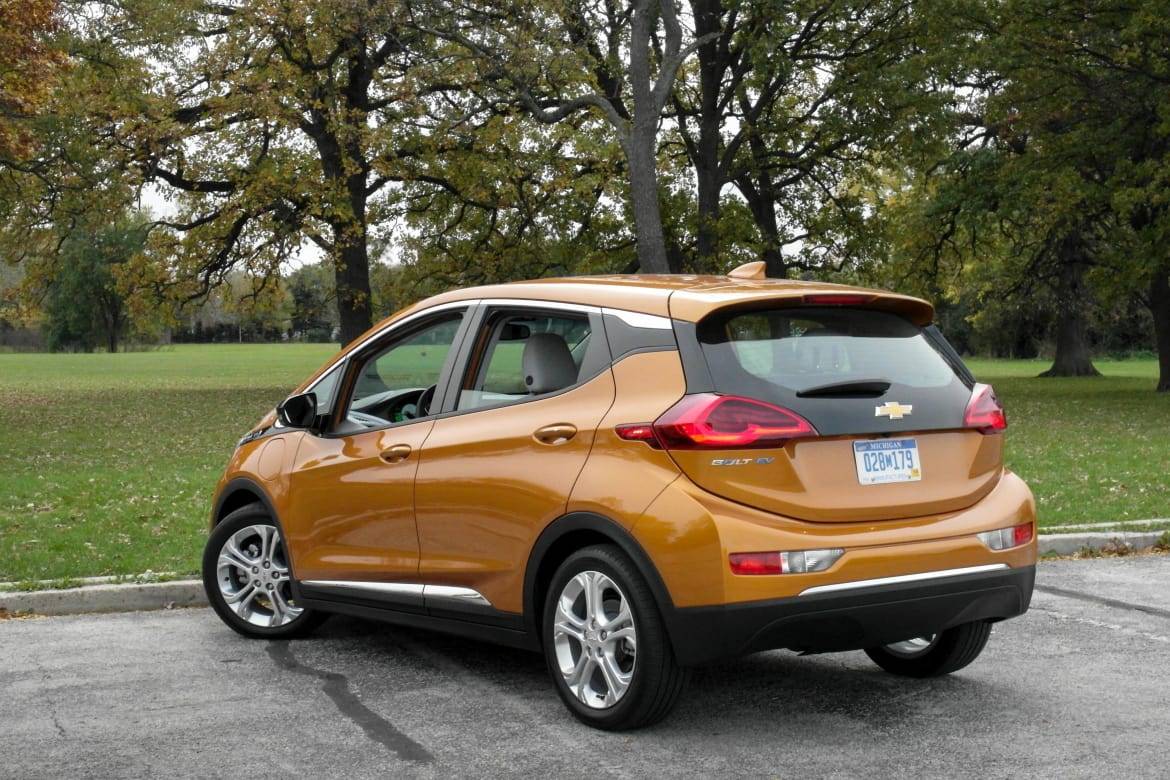
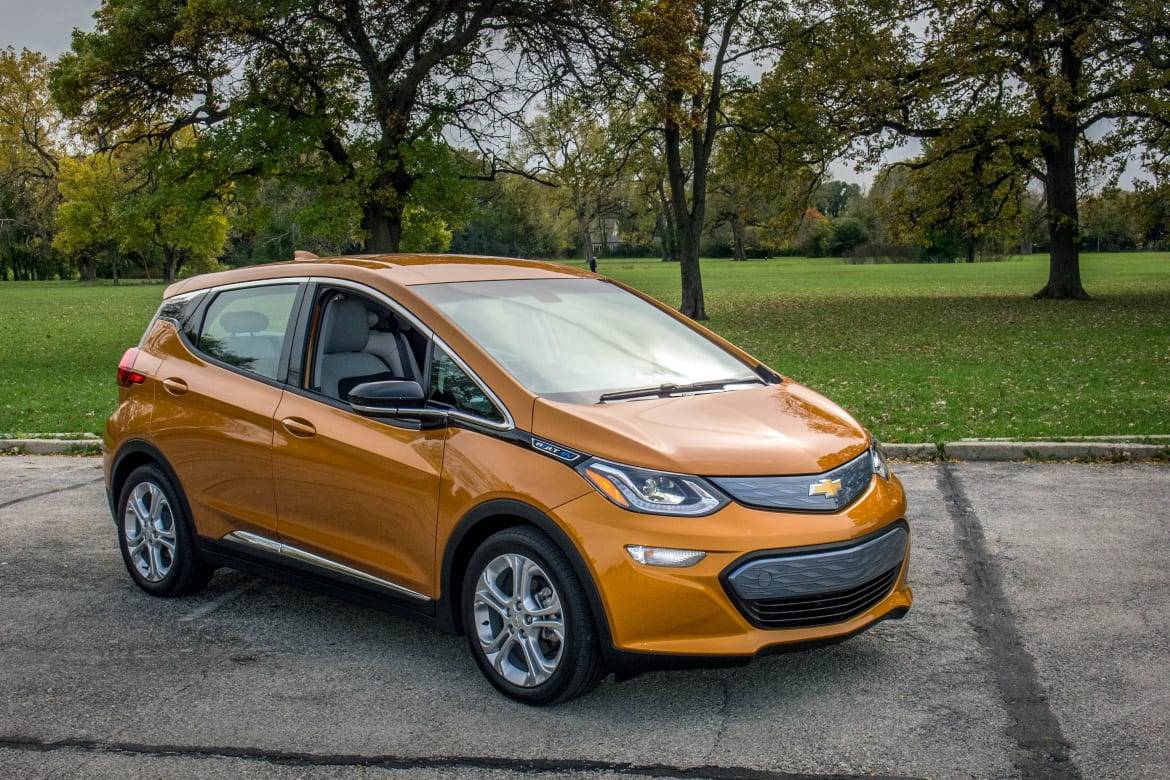
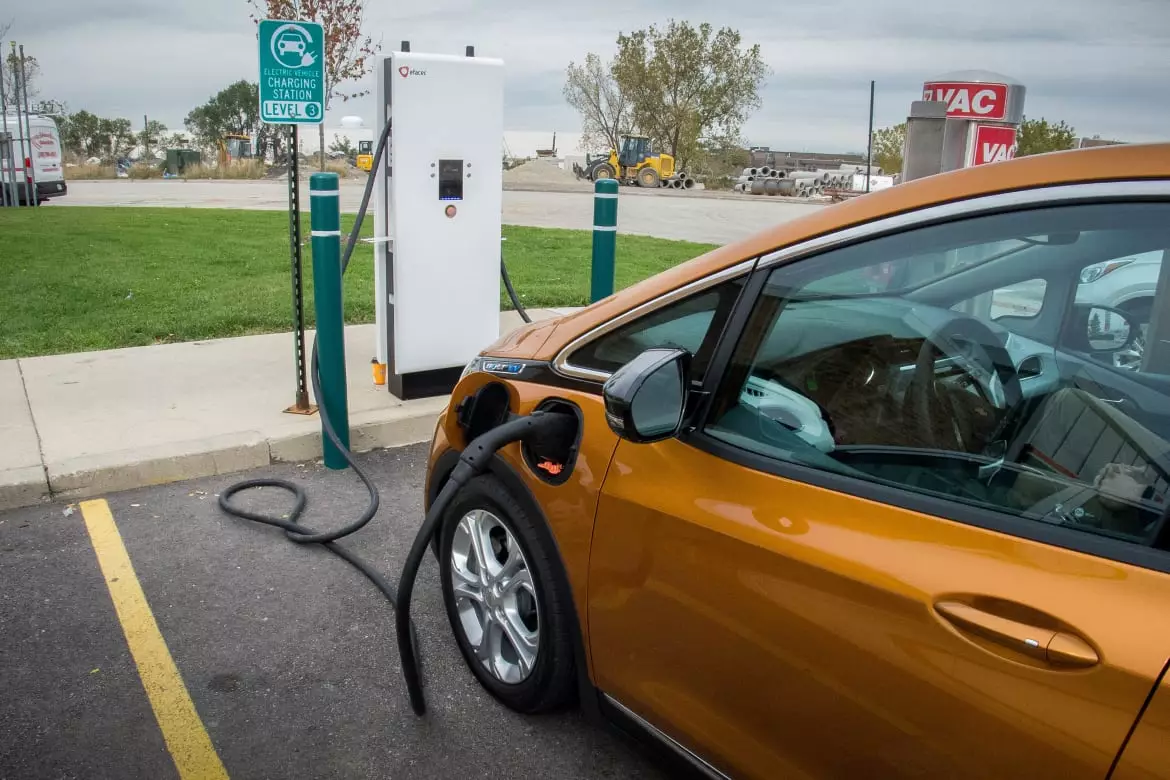
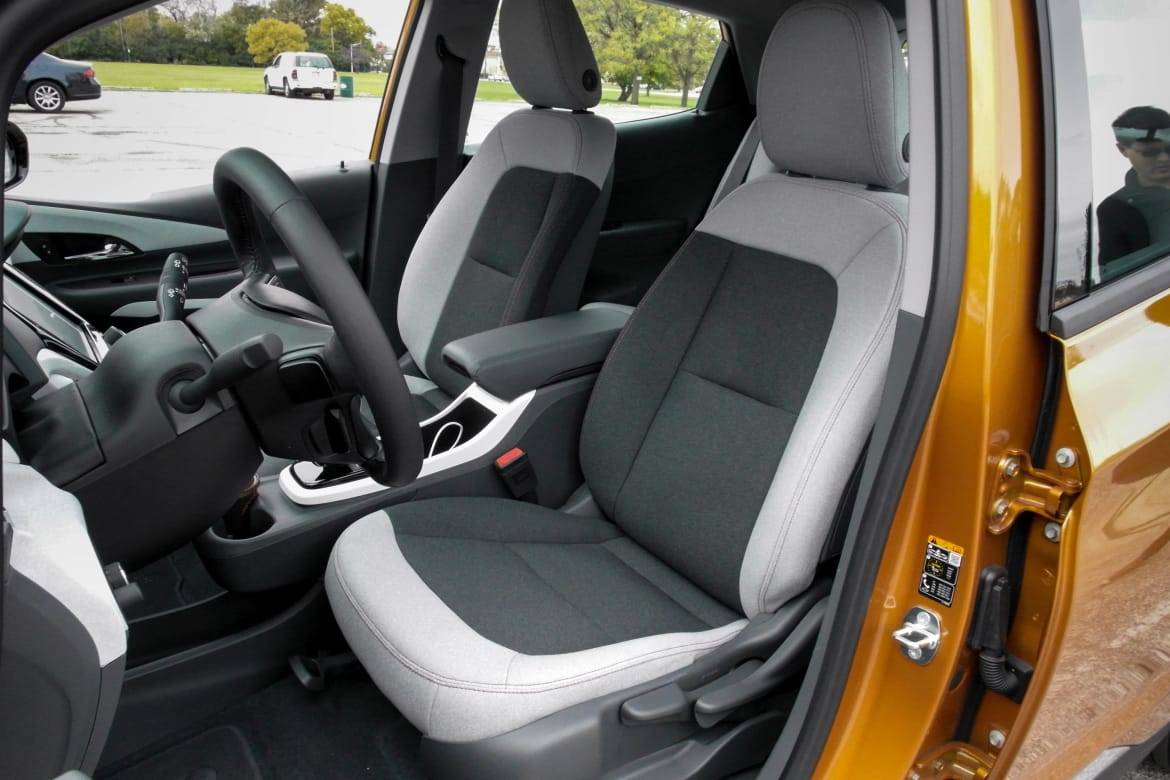
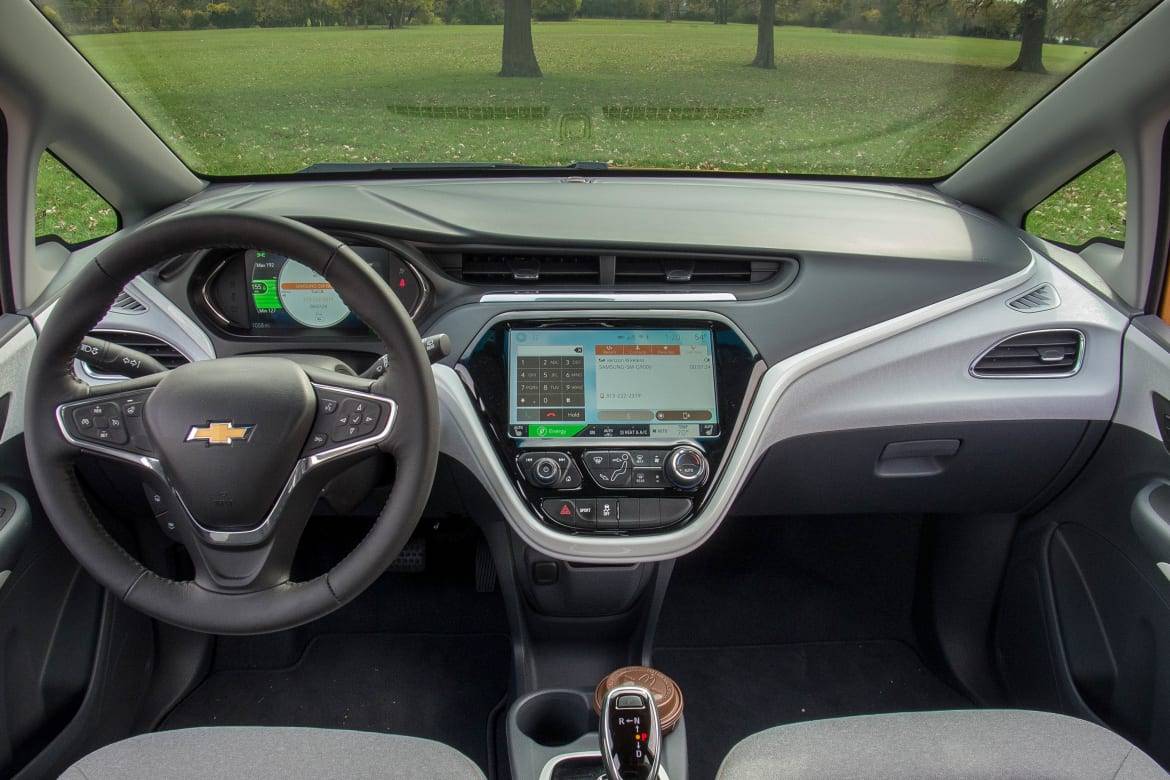
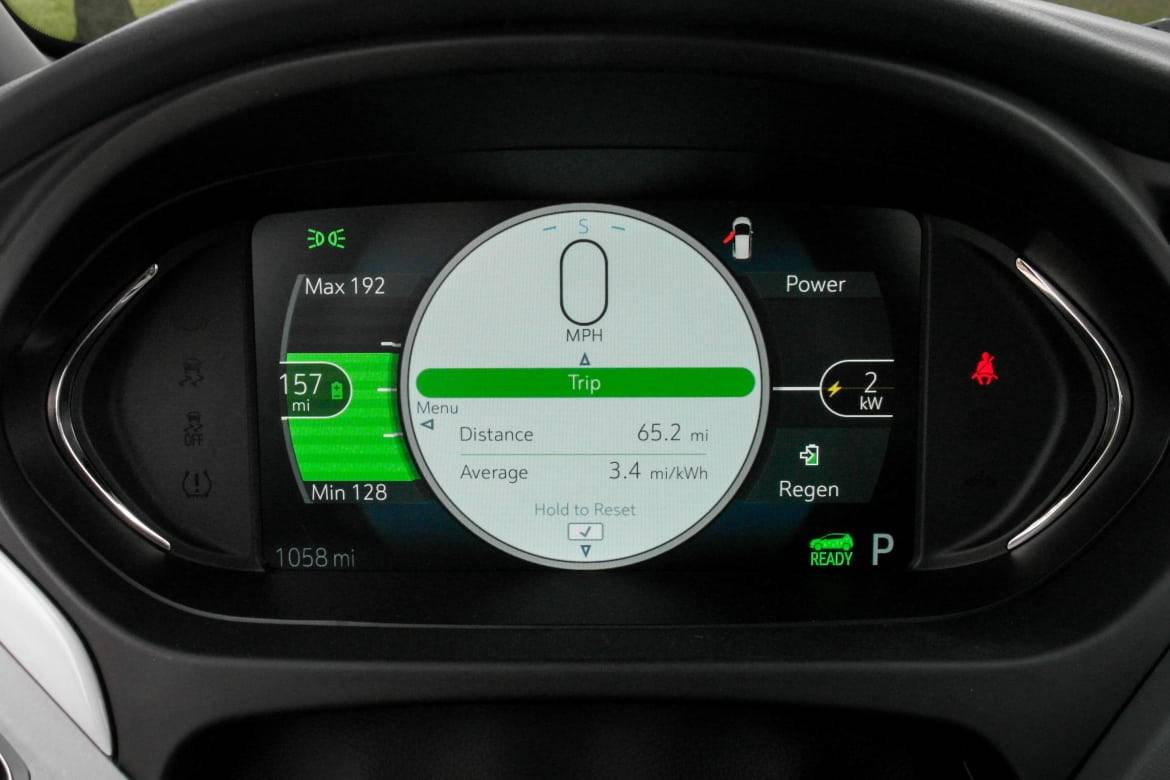
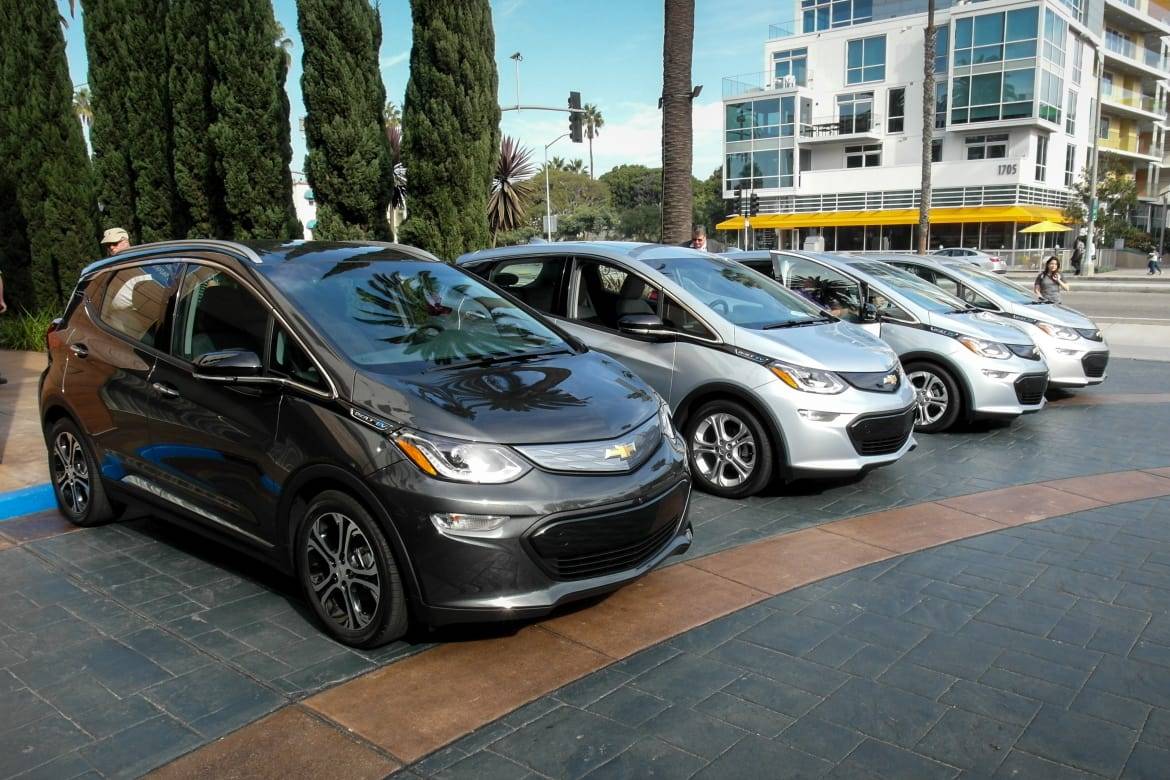
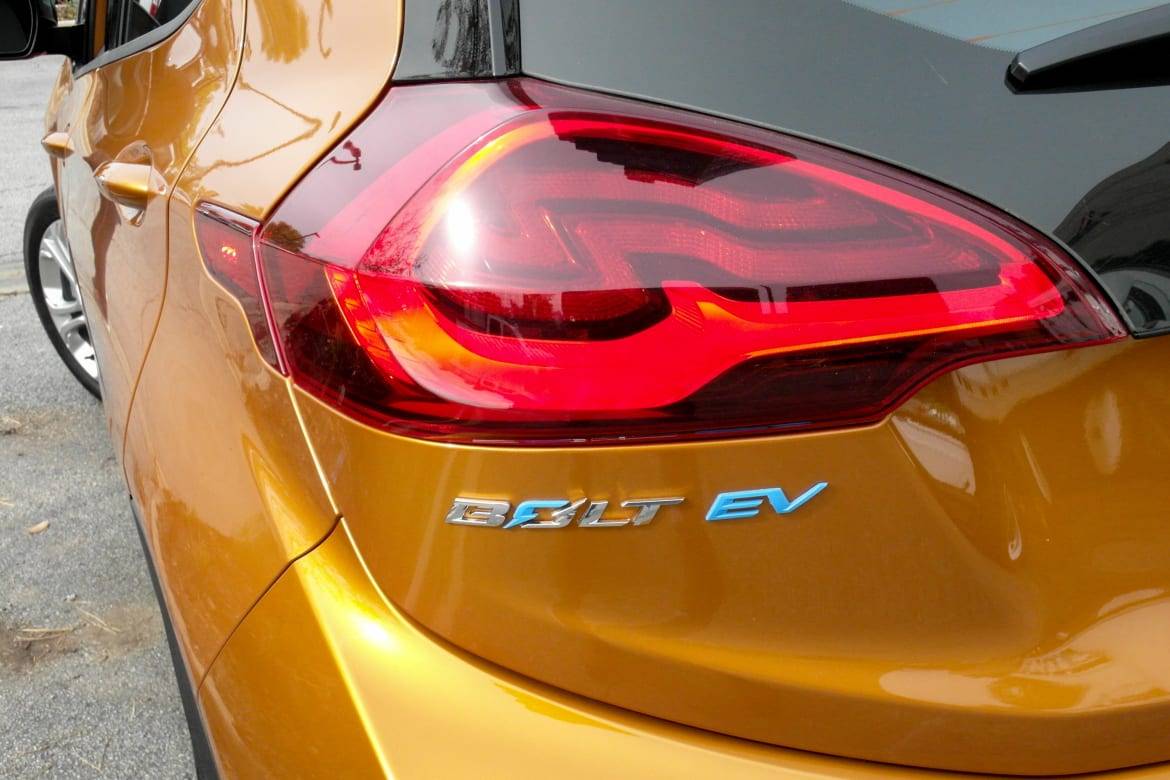
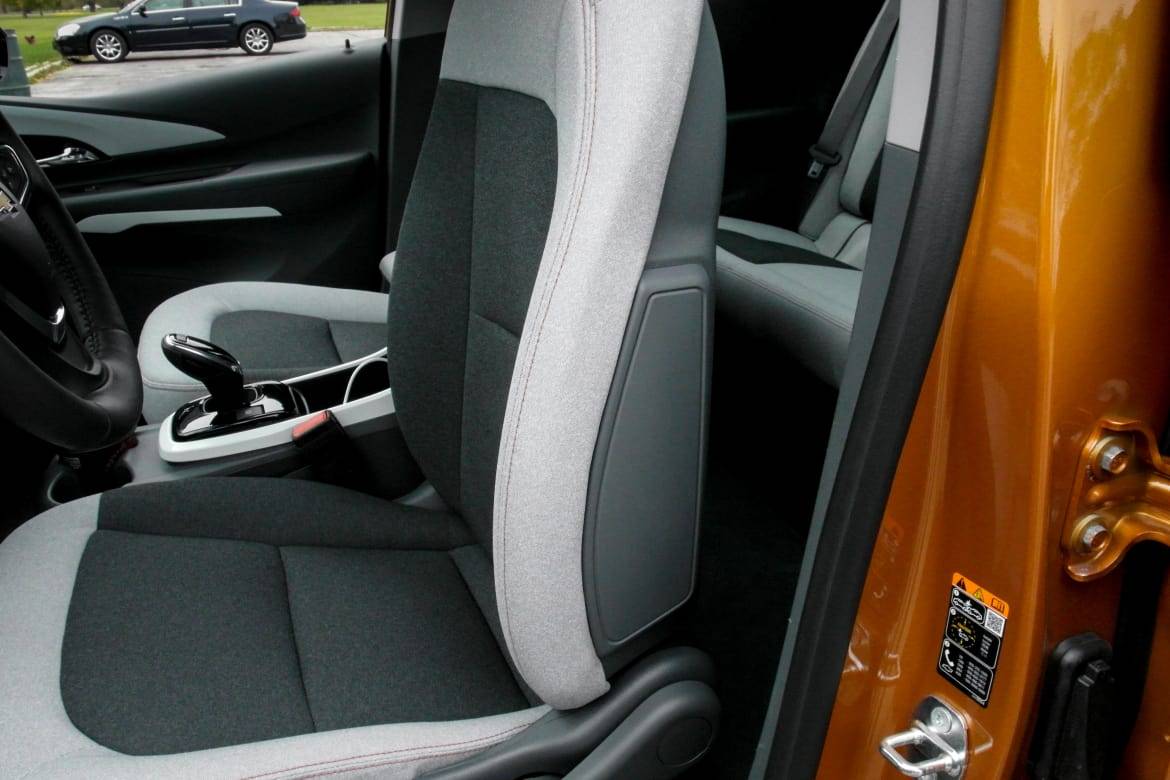
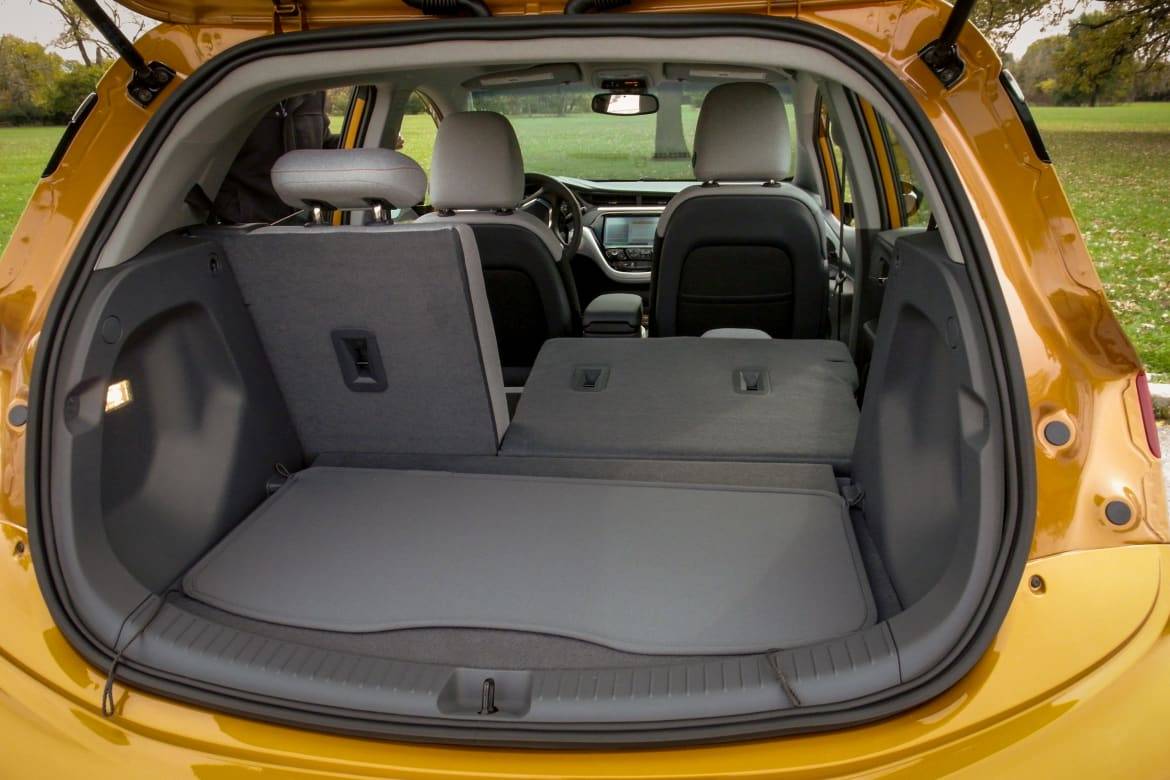
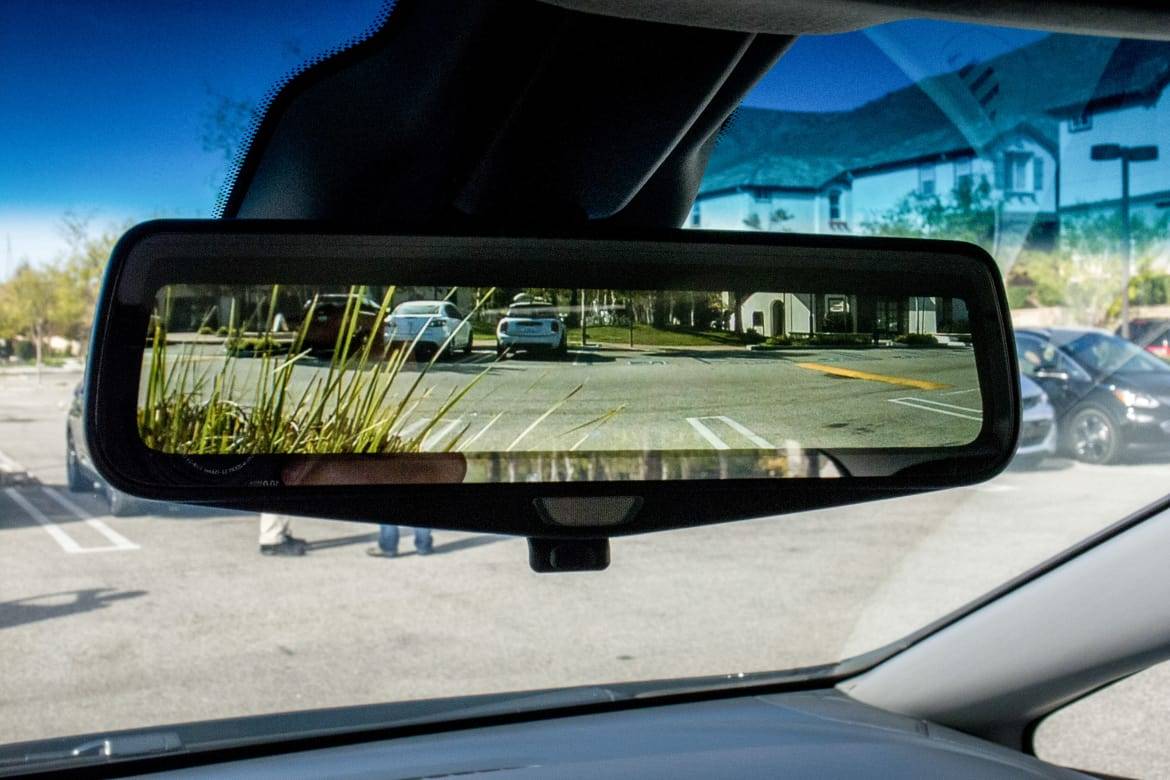
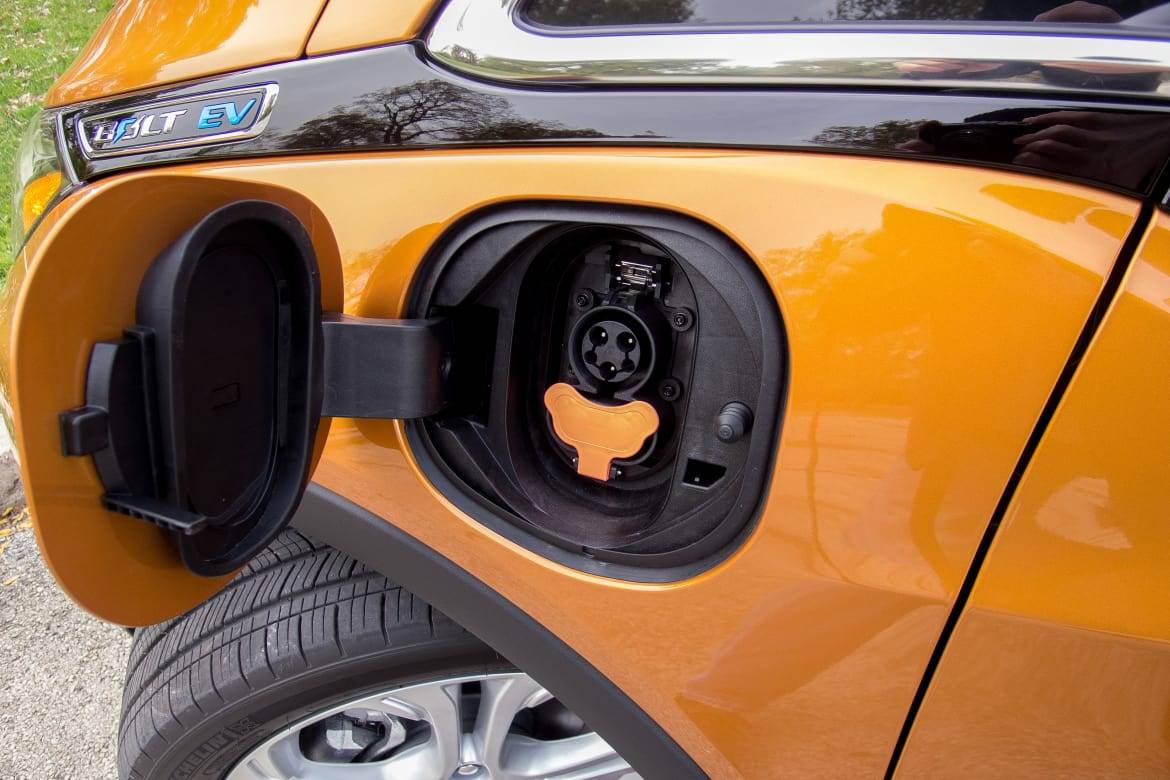















Former Executive Editor Joe Wiesenfelder, a Cars.com launch veteran, led the car evaluation effort. He owns a 1984 Mercedes 300D and a 2002 Mazda Miata SE.
Featured stories
















